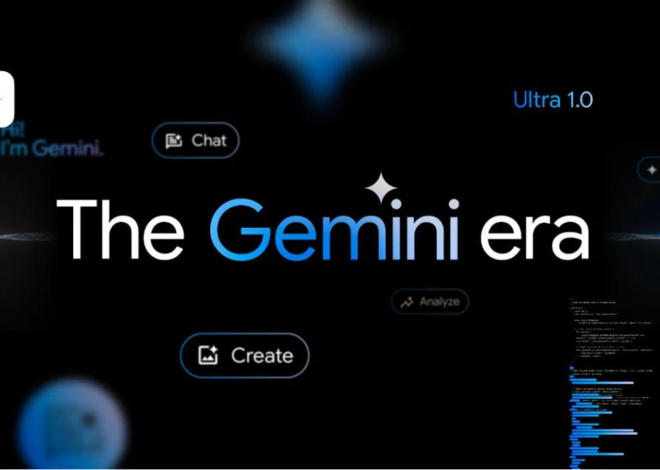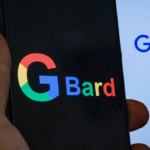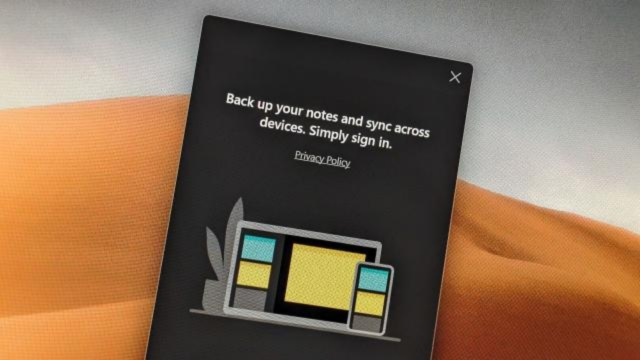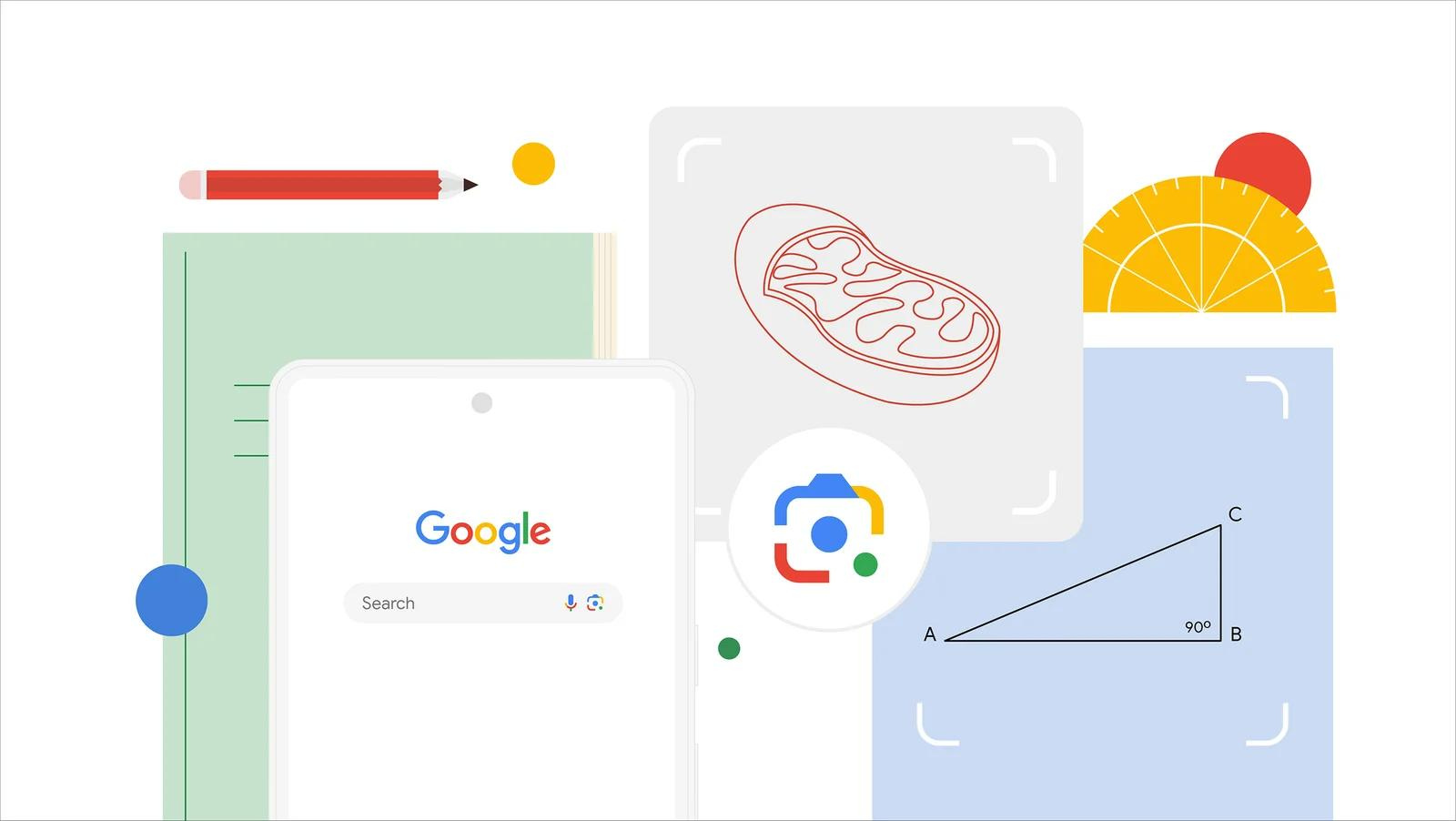
Now you can solve geometry, physics, and calculus problems with Google Search
Google recently improved its search engine and Lens tool to make it easier for you to understand and solve complex problems in subjects like geometry, physics, trigonometry, and calculus.
The update lets you type math equations or take pictures of them using Google Lens tool. It then gives you the correct answer and explains the steps to solve the problem. This feature also works for word problems and even explains concepts like finding average acceleration in high school physics.
To use the math solver, you can type “math solver” in the search bar on your desktop. It will be available on mobile devices later this year.
There’s also a new geometry solver that helps you understand both the visual and text parts of geometry problems.
It’s important to note that Lens can interpret only specific triangle problems, as mentioned in Google’s blog post by product lead Robert Wong.
Also Read | Apple may have received billions to make Google its default search engine
We contacted Robert Wong for clarification, and he explained that the geometry solver can currently perform the following tasks:
- Find the area of a triangle using the formula A = 1/2 × height × base or Heron’s formula.
- Find the perimeter of a triangle.
- Apply the “Isosceles Triangle Theorem” to determine unknown side lengths or angles in an isosceles triangle.
- Apply the “Pythagorean Theorem” to calculate side lengths in right triangles.
Robert Wong explained that Google chose to concentrate on a specific set of geometry problems to have a significant impact before broadening the coverage to include a wider range of geometry problems in the future.
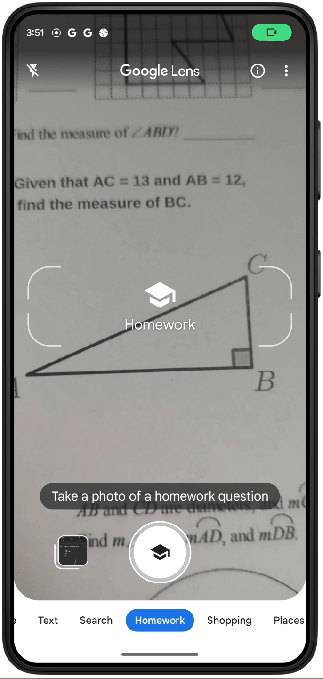
To develop the physics and geometry solver, Google utilized its Multitask Unified Model (MUM). This advanced technology can comprehend specific search queries in different formats, such as text, images, and videos, enabling a more comprehensive and accurate problem-solving experience.
Also Read | Apple’s New iPadOS 17 Adds Multitasking, Health, Messages, Widgets
According to Robert Wong, understanding language and queries is a complex task, especially when dealing with diverse formats of information like text and images. Google has developed sophisticated systems to ensure accurate and helpful results, particularly for problems that require interpreting information from various sources. The new features can comprehend both text and images to correctly interpret problems and provide step-by-step responses with both text and diagrams.
Regarding the accuracy rate of the new problem-solving experience, Google didn’t provide specific numbers but mentioned that their testing indicates a very high level of accuracy.
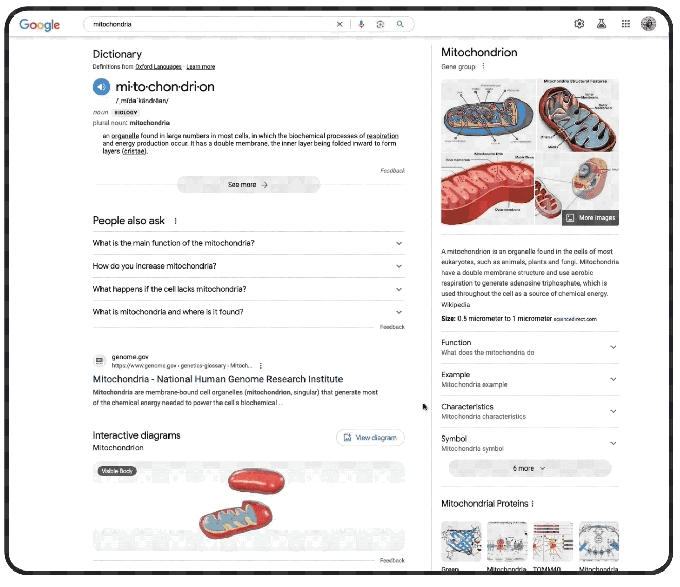
Apart from these problem-solving features, Google has also introduced new 3D models on Search. These interactive diagrams cover almost 1,000 topics, including biology, chemistry, physics, astronomy, and more. This expansion builds on the initial introduction of 3D models in 2021, which included diagrams for over 200 concepts in chemistry, biology, physics, and anatomy.
Also Read | Microsoft Copilot Brings AI to Windows 11, Works Across Multiple Apps and Your Phone
Over the years, Google has introduced various educational features to aid learning. One such feature is “practice problems,” which allows users to test their knowledge of high school subjects like math, chemistry, and physics interactively. Recently, Google Search also launched an English tutoring tool. This tool prompts users and asks them to say the answers out loud, using a provided vocabulary word, enhancing language learning through active engagement.

